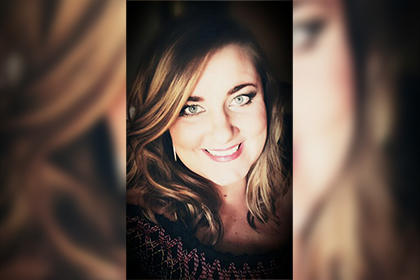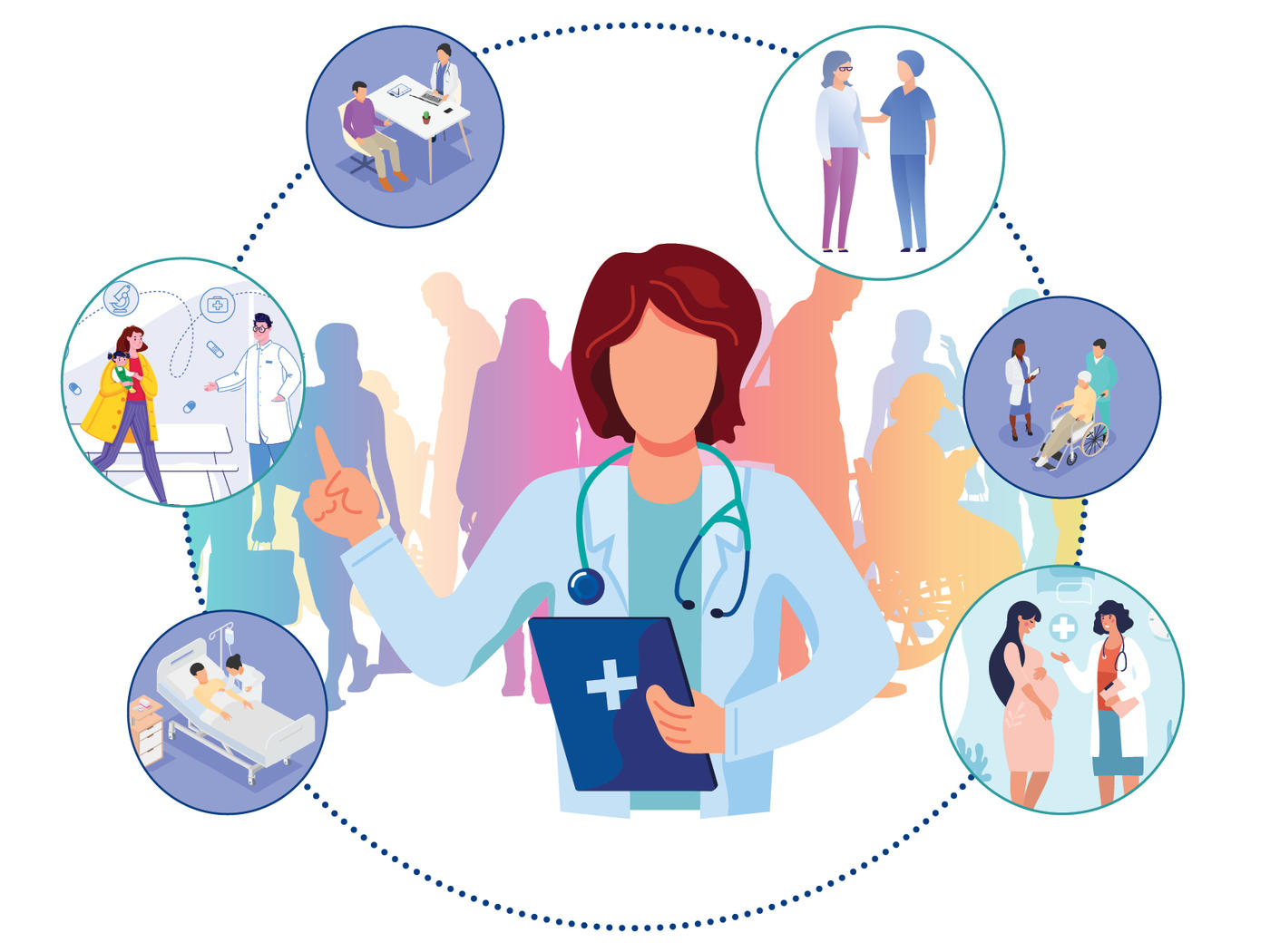Featured
Tags
Share
- Home / Blog / Nursing Today / Chamberlain Assistant Dean Advocates to Protect Human Trafficking Victims and Survivors
Chamberlain Assistant Dean Advocates to Protect Human Trafficking Victims and Survivors

Years ago, while working as a hospital nurse, Kelly Cloonan, DNP, CNE, MSN, RN, IAC encountered a teenage patient who was treated several times for a sexually transmitted disease. Her caregiver started her on birth control at one of the visits. In hindsight, the 14-year-old showed several signs of being a victim of human trafficking — including avoiding eye contact and showing no emotion when she spoke to Dr. Cloonan and the medical team.
At the time, Dr. Cloonan knew little about what sex or labor trafficking was all about and never really thought about it happening in Ohio, where she lived and worked. But she has never been able to shake that uneasy feeling that something was not right and that something darker might have been happening beneath the surface.
Today, the 38-year-old North Ridgeville, Ohio resident and assistant dean for Chamberlain’s MSN Specialty Tracks, spends most of her after-work hours advocating for the rights of human trafficking victims and survivors as a volunteer for Hope for Justice, an international organization with offices in the United States, United Kingdom and Norway. The organization is dedicated to bringing an end to modern slavery by preventing exploitation, rescuing victims, restoring lives and reforming society.
Last summer, she answered yes to a request to leverage her passion for teaching to help the organization train healthcare and government workers across the globe on how to spot the signs of this modern form of slavery and take action to rescue and protect victims and survivors.
“When I first learned about Hope for Justice, I was happy they existed, but felt I couldn’t get involved because it broke my heart,” she said. “After some time, I realized that being sad was not an excuse and it was time to act. It had been tugging at me and finally I was moved to do something. Fighting against human trafficking using my skills as an educator has been an amazing experience. With Hope for Justice, I’ve had the opportunity to train healthcare professionals around the world about the signs of human trafficking, empowering them to help save victims.”
Dr. Cloonan says it’s estimated that around 80% of victims of human trafficking see a healthcare provider while they are in captivity, which is why it’s essential to train healthcare providers to recognize the signs of human trafficking and help rescue victims. Currently, she is working with her Chamberlain colleague Jodie Flynn, a Sexual Assault Nurse Examiner (SANE) to create a training on the ties between SANE nursing and human trafficking for the U.S. Department of State. She says her work is timelier than ever.
“I always think, ‘What if that patient I had was a victim and I didn’t do anything about the situation?’” says Dr. Cloonan. “I didn’t realize it at the time, and I don’t think many people realize how close to home trafficking occurs. I believe all nurses and healthcare providers should be required to receive training on the signs of human trafficking and would love to someday be teaching nursing students about human trafficking.”
Human trafficking affects both adults and children, men and women, and people from across the globe. Through the COVID-19 pandemic, online predators seized the opportunity to target potential victims and human trafficking calls to hotlines increased, according to data from the U.S. National Human Trafficking Hotline.
Children online are falling prey to traffickers that are grooming them through games, apps, and social media. This is something all parents should be paying attention to, she says, as missing teenagers are one of the populations at the highest risk. Typically predators prey on individuals who are poor and vulnerable and living in unstable situations or are in search of a better life, according to the U.S. Department of Justice.
Dr. Cloonan wants people to know that human trafficking can happen anywhere, including across the United States.
“A major part of our work is around prevention,” she says. “The ultimate goal is to stop the exploitation before it happens. My hope is that my work will help increase awareness.”
Related Stories
VIDEO: Up for Sale: Combatting Human Trafficking
Why Black Women are More at Risk for Human Trafficking – and What Nurses Can Do to Help
By Mary Beth Sammons
More from Nursing Today
Request More Information
To receive the Chamberlain University Program Guide, including associated career paths, please select a program of study.







